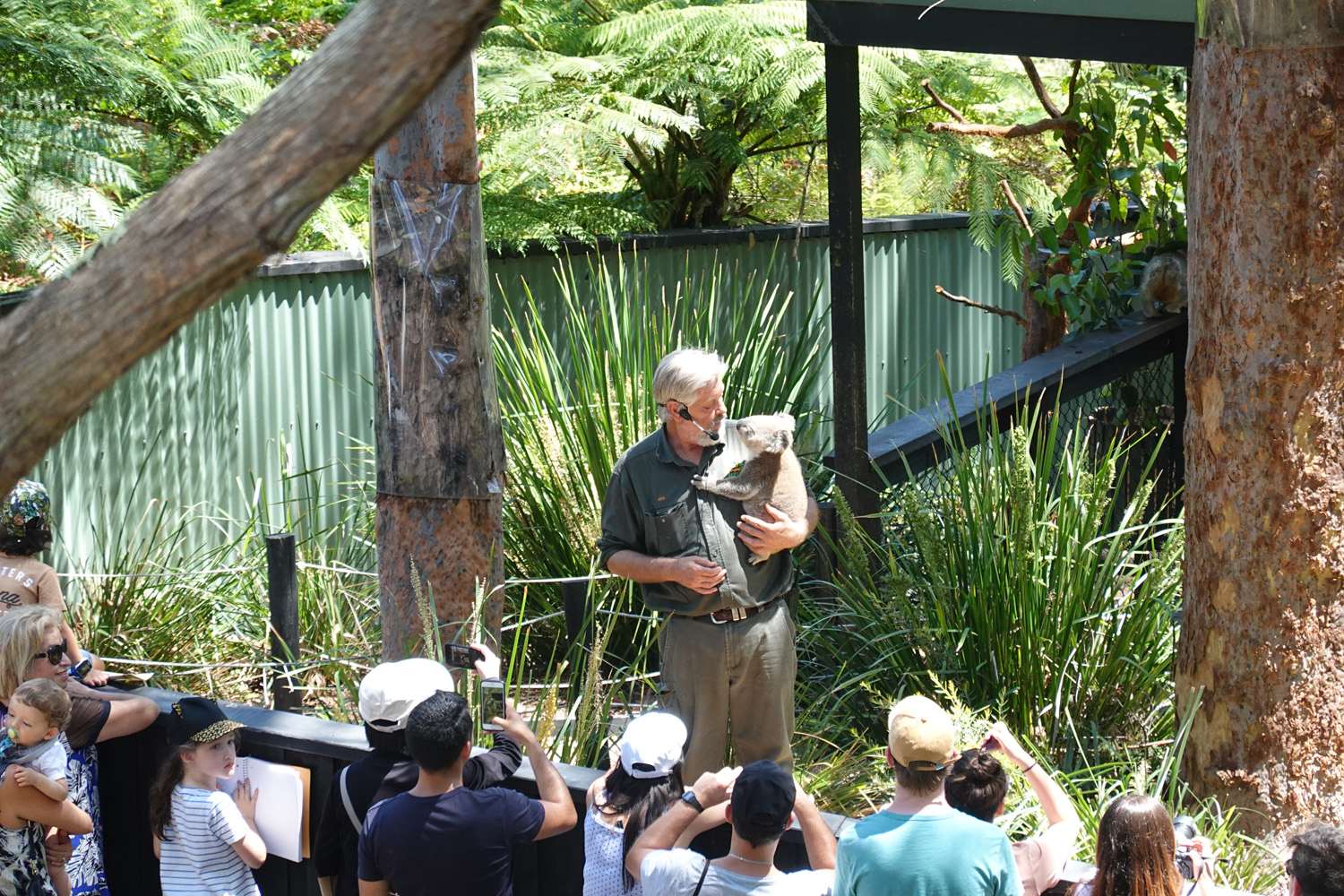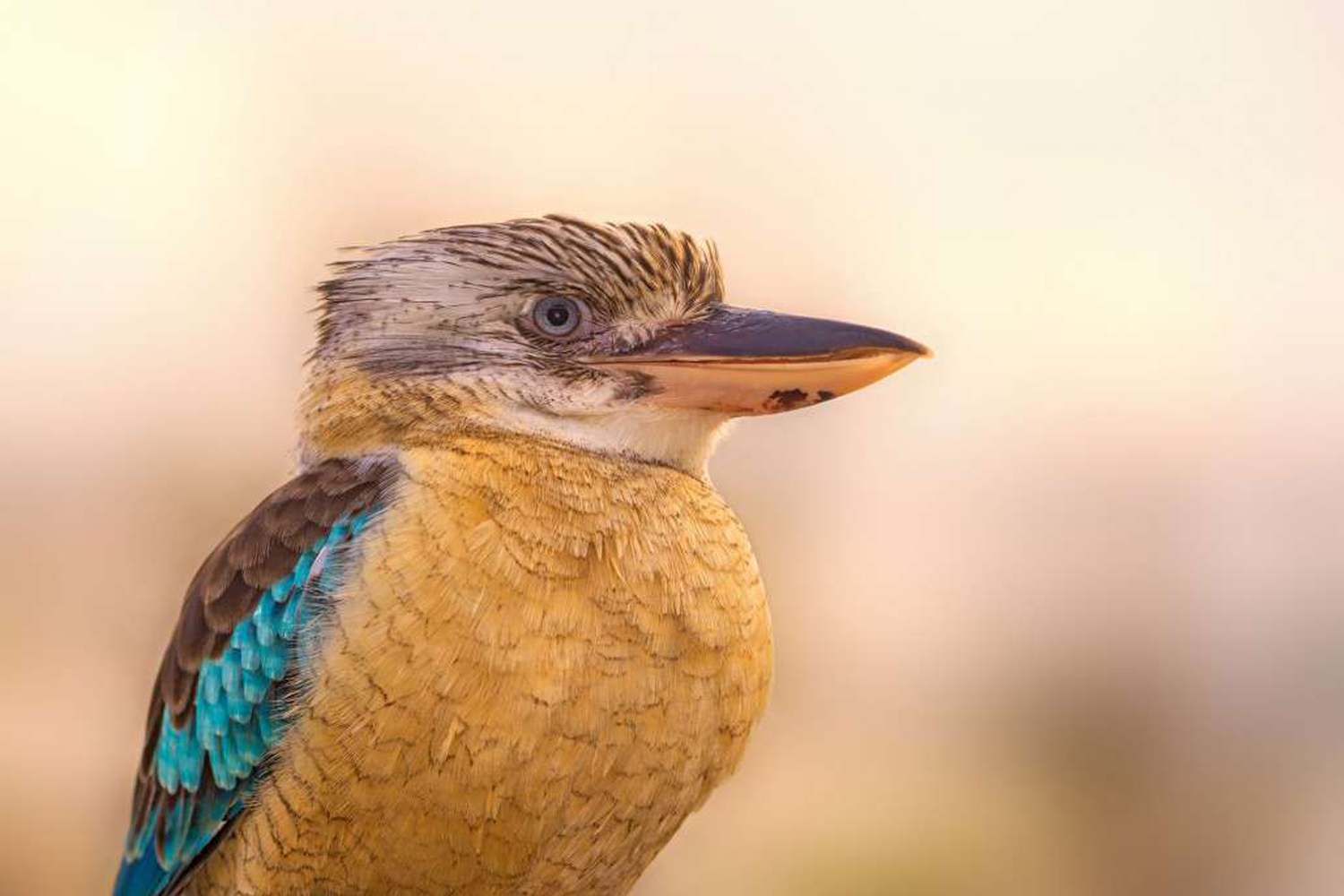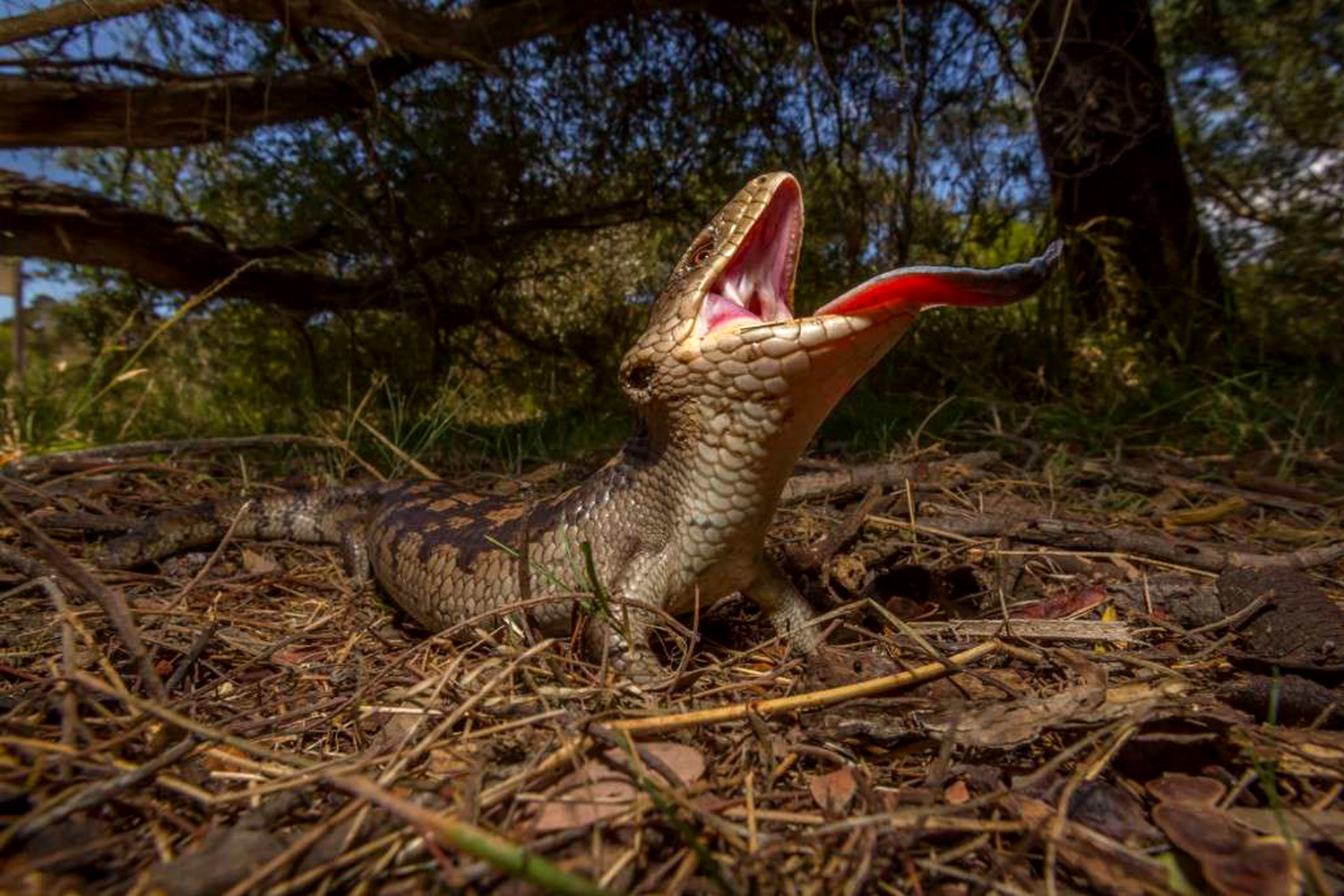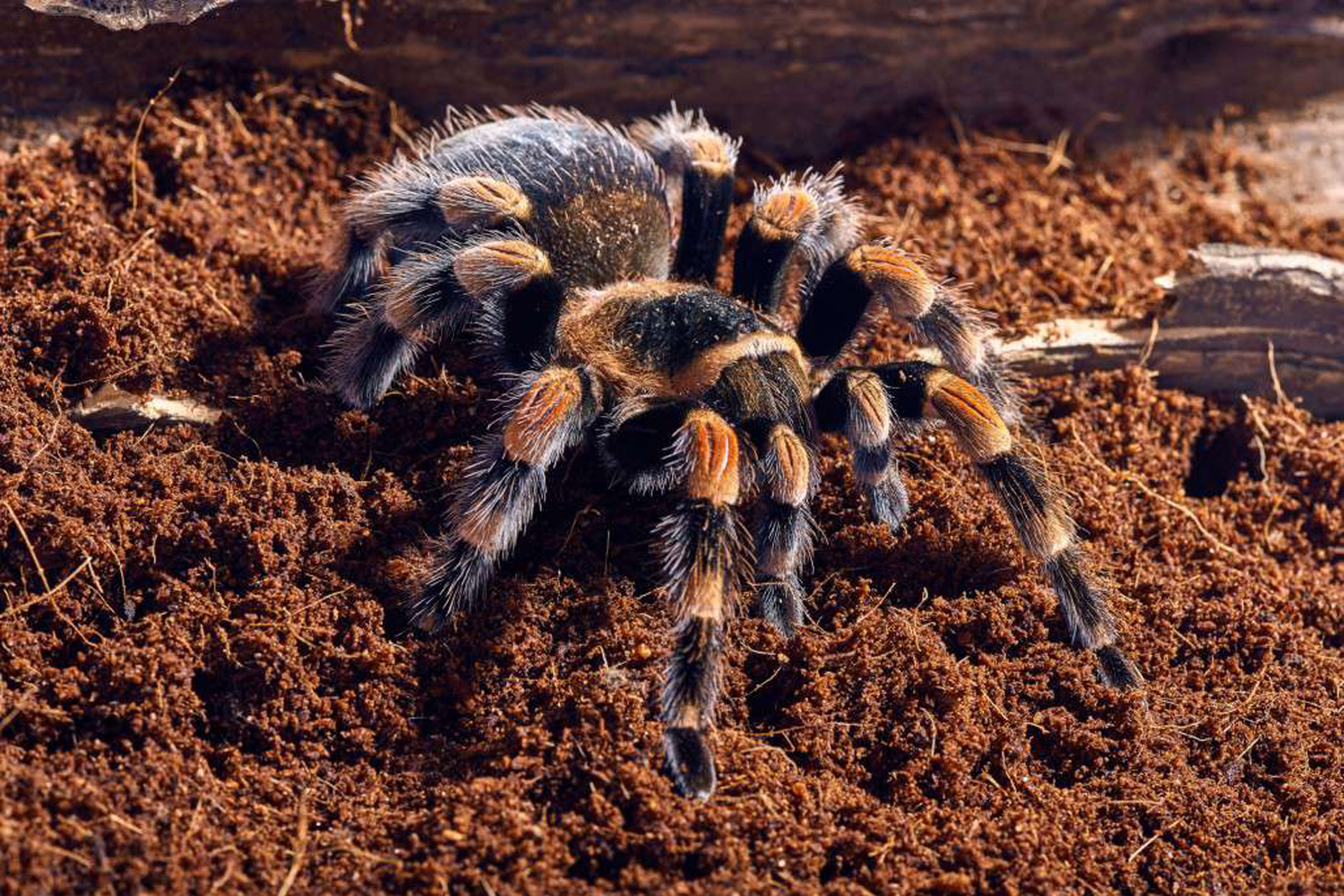- Activities
- Central Coast, Sydney
- Sydney Central Coast Australian Reptile Park Entry Ticket
Sydney Central Coast Australian Reptile Park Entry Ticket
Australian Reptile Park
- Central Coast, Sydney
- English
- Flexible. Up to 2 hours
- Instant Confirm
Standard Inclusions
- Single entry to Australian Reptile Park. Attraction opens 9am – 5pm, last entry at 4pm, closed on Christmas Day 25 December.
1 Key Facts
Included
- Single entry to Australian Reptile Park. Attraction opens 9am – 5pm, last entry at 4pm, closed on Christmas Day 25 December.
Not included
- 1. Transport from/to hotel
- 2. Food & beverages not listed as Inclusions
- 3. Souvenirs
- 4. Travel Insurance
- 5. Professional koala photo (additional cost at own expense)
| Destination | Central Coast, Sydney | ||||||
|---|---|---|---|---|---|---|---|
| Address | Pacific Highway, Somersby NSW 2250 | ||||||
| How to get there | ● By Car Located approximately 8km west of Gosford, takes about 15 minutes; approximately 75km north of Sydney CBD, takes about 1 hour 20 minutes; approximately 86km north of Sydney Airport, takes about 1 hour 30 minutes. - [Free] Onsite parking available ● By Public Transport The closest Train Station is Gosford Station Gosford Train Station is the closest rail link to Australian Reptile Park. Unfortunately there are no bus services from Gosford Train Station to Australian Reptile Park. Most visitors drive or arrive on a coach tour. If you do not drive, please book one of the day tours that visits Central Coast. |
||||||
| Operating hours |
|
||||||
| What to bring/wear | ● Appropriate clothing for all weather conditions, eg. jacket for cooler months. ● Comfortable enclosed walking shoes ● Protective clothing, hat, sunscreen lotion, and sunglasses ● Water bottle, Snacks ● Umbrella / raincoat if rains ● Camera ● Money / credit card for optional purchases |
||||||
| Other info | 【Important Post-Covid Service Information】 - If you are unwell or are experiencing any cold or flu-like symptoms: service provider do ask that you please stay at home and will be happy to welcome you when you are well again. - Before your visit, please hop on the official website to check the most up-to-date information https://www.reptilepark.com.au/ |
2 Overview
Australian Reptile Park
The Australian Reptile Park and Wildlife Sanctuary was established in 1958 – by the late and great Eric Worrell, Australia's first naturalist - and is now regarded as one of the country's premier attractions. The Sanctuary is the only zoo in Australia committed to saving lives with a Venom-Milking Program in place for the past 50+ years, saving over 300 lives each year being the sole supplier of a variety of venoms, which is used for all snake and funnel-web anti-venom in Australia.
Animals
- Amphibians
- Birds
- Reptiles
- Mammals
- Spiders
Exhibits
- Lost World of Reptiles
Entry to The Lost World of Reptiles can only be gained through the gaping jaws of a 30-metre-long model crocodile. Just inside the croc-mouth, an animated Egyptian mummy urges visitors through to the exhibits. The Lost World of Reptiles is home to some of the park's reptile collection including Australia's most venomous snakes, the King cobra, a 5.5 metre long Reticulated Python, Leonardo the Alligator Snapping Turtle as well as various snake, lizards, crocodilians, turtles and tortoises.
- Spider World
One of the most exciting Australian zoo developments in a very long time is Spider World. Visitors to the Australian Reptile Park have the opportunity to find out everything they ever wanted to know about spiders - including a sneak peek into the life-saving spider milking venom room. Spider World puts the 'fun' back into 'funny' with lots of interaction for the kids, while at the same time providing visitors with a greatly improved understanding and education of the eight-legged world.
- Eric's Nature Walk
Eric's Nature Walk is set in a beautiful bushland setting and features Nocturnal House, an aviary filled with gorgeous native birds as well as an interactive display of a typical frog pond. The walk is named after the beloved saltwater crocodile, Eric, who was the Park's main attraction between 1989 and 2007, a memorial is located within Eric's Nature Walk. It also features some beautiful native plants, including the spectacular local species of waratah.
- Elvis' Croc Exhibit
Elvis the crocodile arrived at the park in September 2007, and has been dubbed Australia's crankiest crocodile. Elvis was originally from Darwin in the Northern Territory, he was removed from the wild as he was attacking fishing boats in Darwin Harbour. In December 2011, Elvis lost two teeth during an attack on park staff and their lawnmowers. He is always wowing visitors to the Park at feeding time (Weekends and Holidays only) when he shows off his aggression towards the keepers and his food.
- Alligator Lagoon
The Australian Reptile Park has the largest population of American alligators in Australia. They are kept in the large naturalistic lagoon, with over 40 adult alligators living harmoniously together in a manner that isn't possible with their more aggressive relatives, Australian crocodiles. The lagoon is very similar to their natural environment and the climate experienced here on the Central Coast which mirrors that of the everglades.
- Nocturnal House
The Nocturnal House showcases some of Australia's most unique and endangered nocturnal species. The first Noctarium in the Southern Hemisphere was actually built at the Wyoming Australian Reptile Park in the early 1970's by Eric Worrell. The new Nocturnal House is a fitting tribute to this great naturalist and the founder.
- Frog Hollow
Frog Hollow allows you to discover fascinating frogs, each adapted ingeniously for survival in a wide variety of locations. The displays include frog species native to Australia, as well as giving visitors the chance to see the infamous cane toad. Get ready to have a toadally ribbiting experience.
- Platypus House
Platypus house is home to the resident Platypus Yaro , as well as an array of native birds and fish. Visitors enjoy an intimate encounter with the mysterious Platypus in its captivating nocturnal creek habitat complete with waterfall. A complicated set of burrowing tunnels connect Yaro's nocturnal creek to an outdoor pond set up with nest boxes.
Shows and Talks
Reference Only. Time subject to change without notice
Weekday Schedule
| Time | Shows and Talks |
|---|---|
| 10:30 | Komodo Dragon Walk (Main Park Area) |
| 11:00 | Galapagos Tortoise Walk (Main Park Area) |
| 11:15 | Lorikeet Feeding (Main Park Area) |
| 11:30 | Reptile Show (Show Pit) |
| 11:30 | Dingo walk (Nature Walk) |
| 12:00 | Alligator, python & koala photos (Show pit) |
| 13:00 | Tasmanian Devil Talk (Tasmanian devil enclosure) |
| 13:30 | Lorikeet Feeding (Main Park Area) |
| 13:45 | Koala Talk (Koala enclosure) |
| 14:00 | Reptile show (Show pit) |
| 14:30 | Alligator, python & koala photos (Show pit) |
Weekend Schedule
| Time | Shows and Talks |
|---|---|
| 10:30 | Komodo Dragon Walk (Main Park Area) |
| 11:00 | Alligator Feeding (Alligator Lagoon) |
| 11:00 | Galapagos tortoise walk (Main Park Area) |
| 11:15 | Tasmanian Devil Talk (Tasmanian Devil Enclosure) |
| 11:15 | Lorikeet feeding (Main park area) |
| 11:30 | Reptile Show (Show Pit) |
| 12:00 | Alligator, python & koala photos (Show pit) |
| 12:30 | Dingo walk (Nature Walk) |
| 13:00 | Koala Talk (Koala Enclosure) |
| 13:30 | Elvis the Crocodile Show (Elvis Exhibit) |
| 13:45 | Alligator photos (Undercover area) |
| 13:45 | Lorikeet feeding (Main park area) |
| 14:00 | Reptile show (Show pit) |
| 14:30 | Alligator, python & koala photos (Show pit) |
Lorikeet feeding – Terms & Conditions
- The feed provided to feed birds or animals may contain traces of milk and nuts.
- All birds and animals can carry diseases which may be transmitted to people, please ensure you wash your hands with soap and water after handling animals and before eating or drinking.
- Some people are more at risk such as the young and elderly or people who are or have recently been sick.
- Pregnant woman should not feed wild birds.
- Adults must supervise children.
- Where a hat and long sleeve shirt to prevent scratches when feeding birds
Please note: photos with animals are all optional extras at own expense.
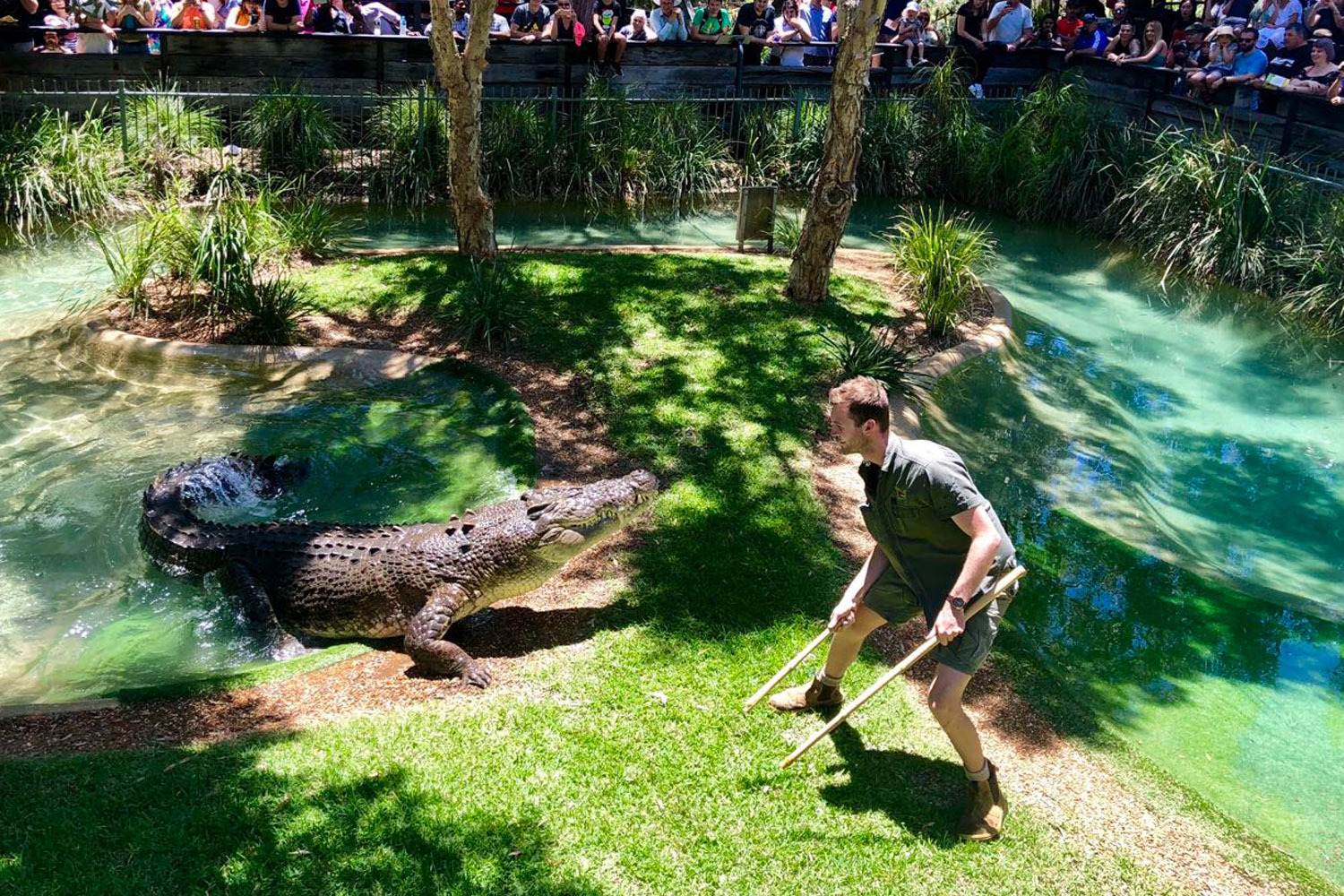
Elvis the crocodile arrived at the park in September 2007. He is always wowing visitors to the Park at feeding time (Weekends and Holidays only) when he shows off his aggression towards the keepers and his food.
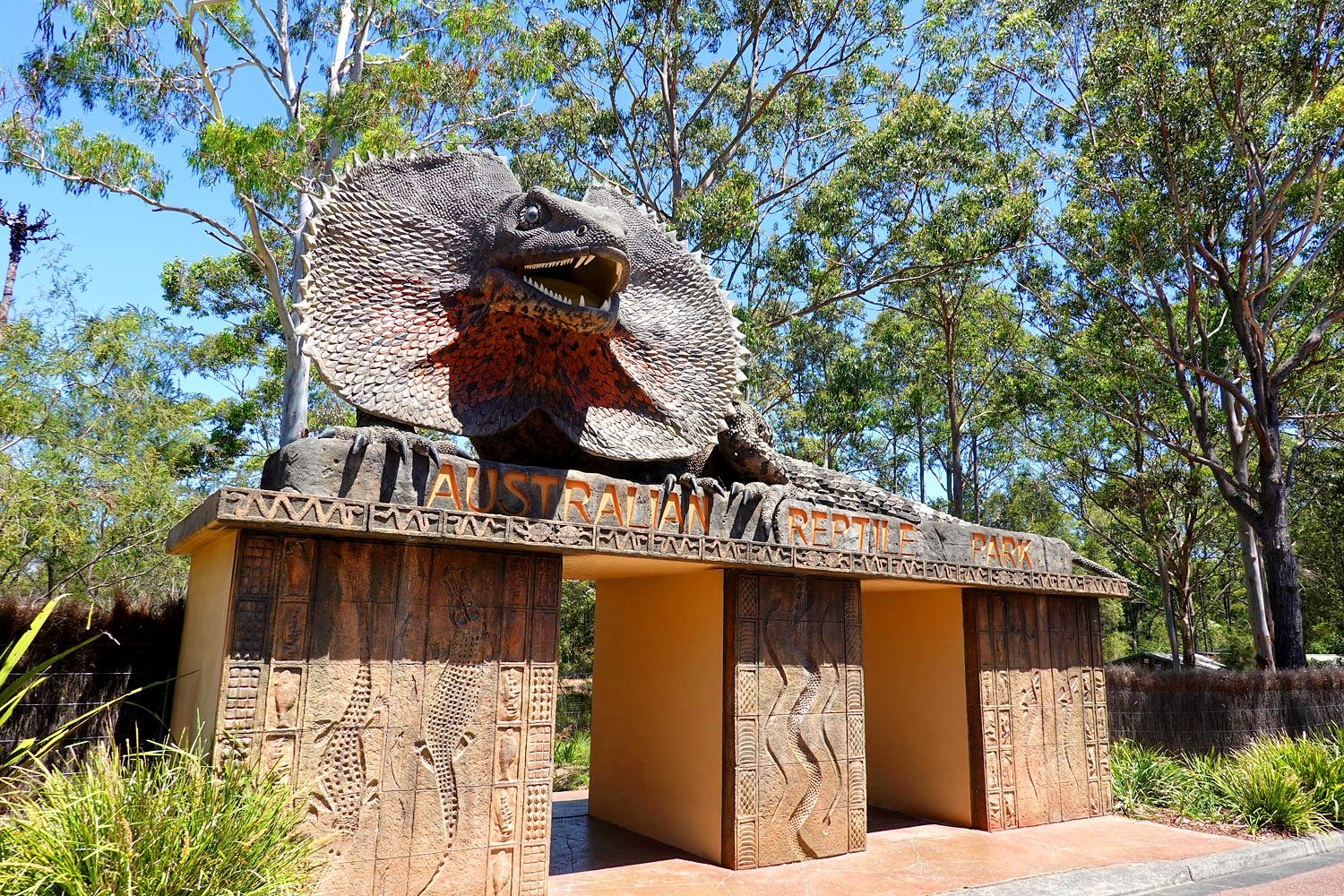
Australian Reptile Park is a hands-on zoo located in a natural bush setting on the Central Coast of NSW, home to exotic reptiles from around the world and a wide variety of Australian native animals.
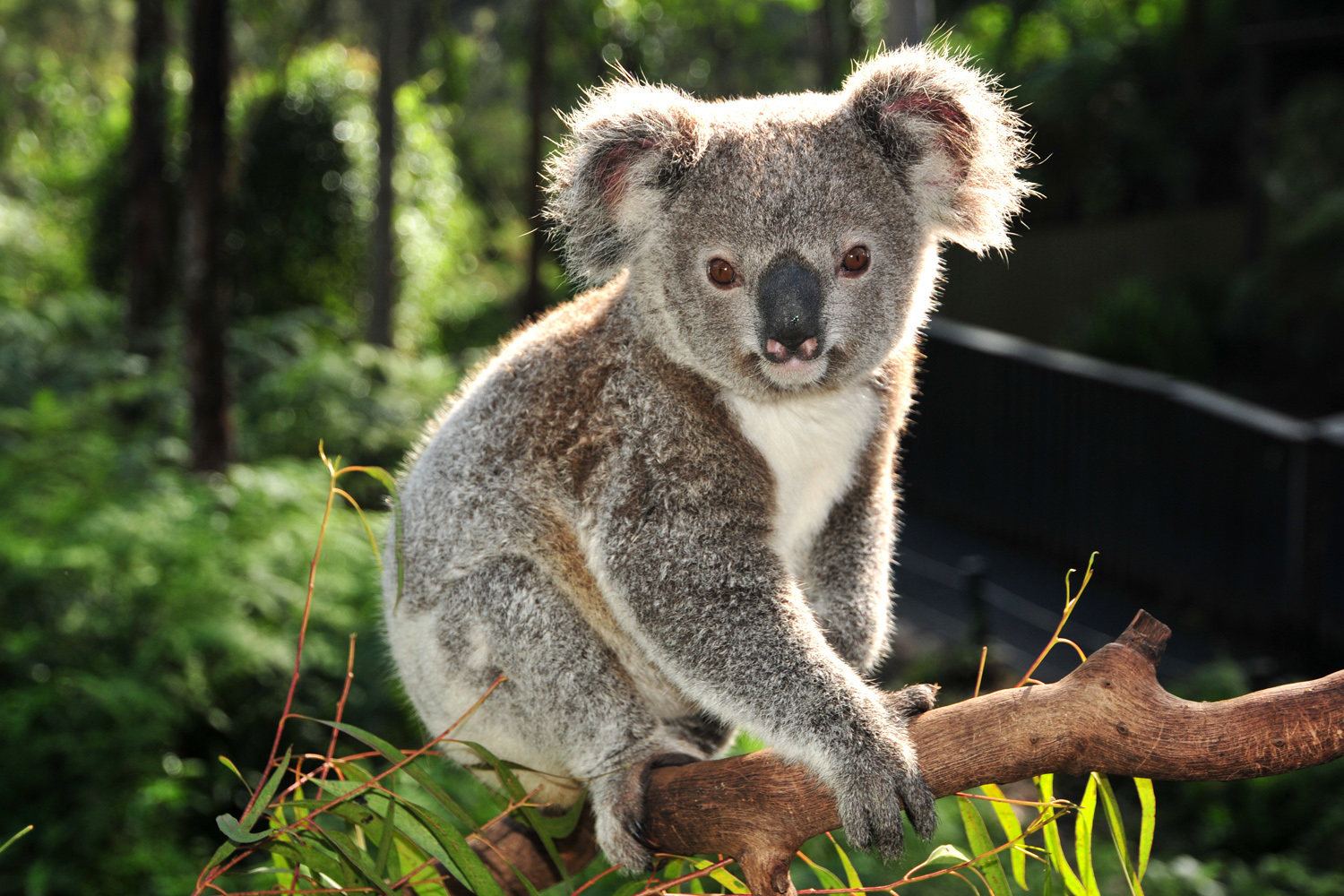
Because of their limited diet, the koala is only found in the eucalypt forests of eastern Queensland, New South Wales and Victoria, as well as the far southeastern part of South Australia.
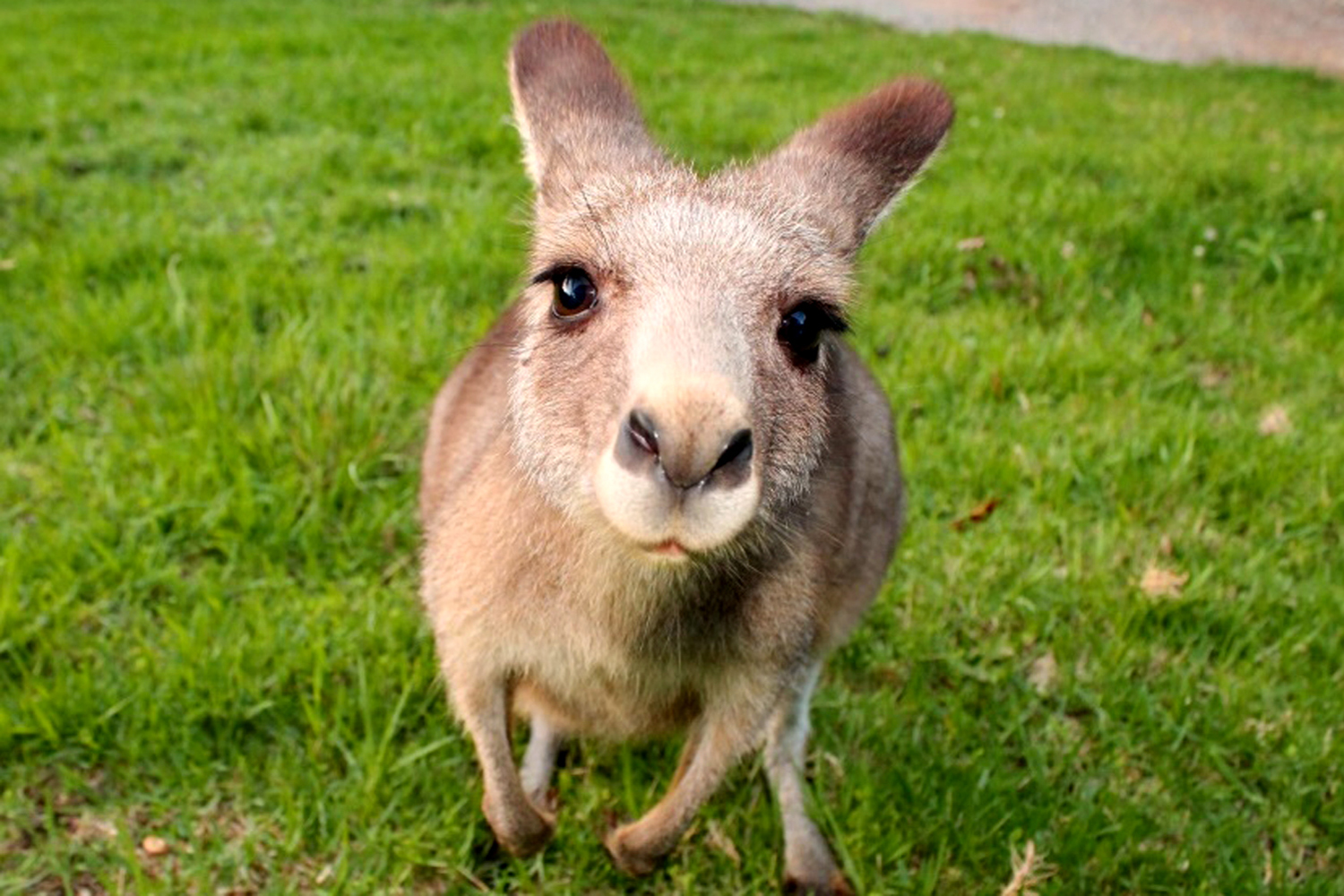
You can see Eastern Grey Kangaroo, Red Kangaroo, Kangaroo Island Kangaroo, as well as Yellow Footed Rock Wallaby, Parma Wallaby and Quokka here

The common wombat has short, slightly rounded ears, a large, hairless nose and coarse, thick fur. They live in burrows, which can be as long as twenty metres and may have several burrow systems that they use at different times.
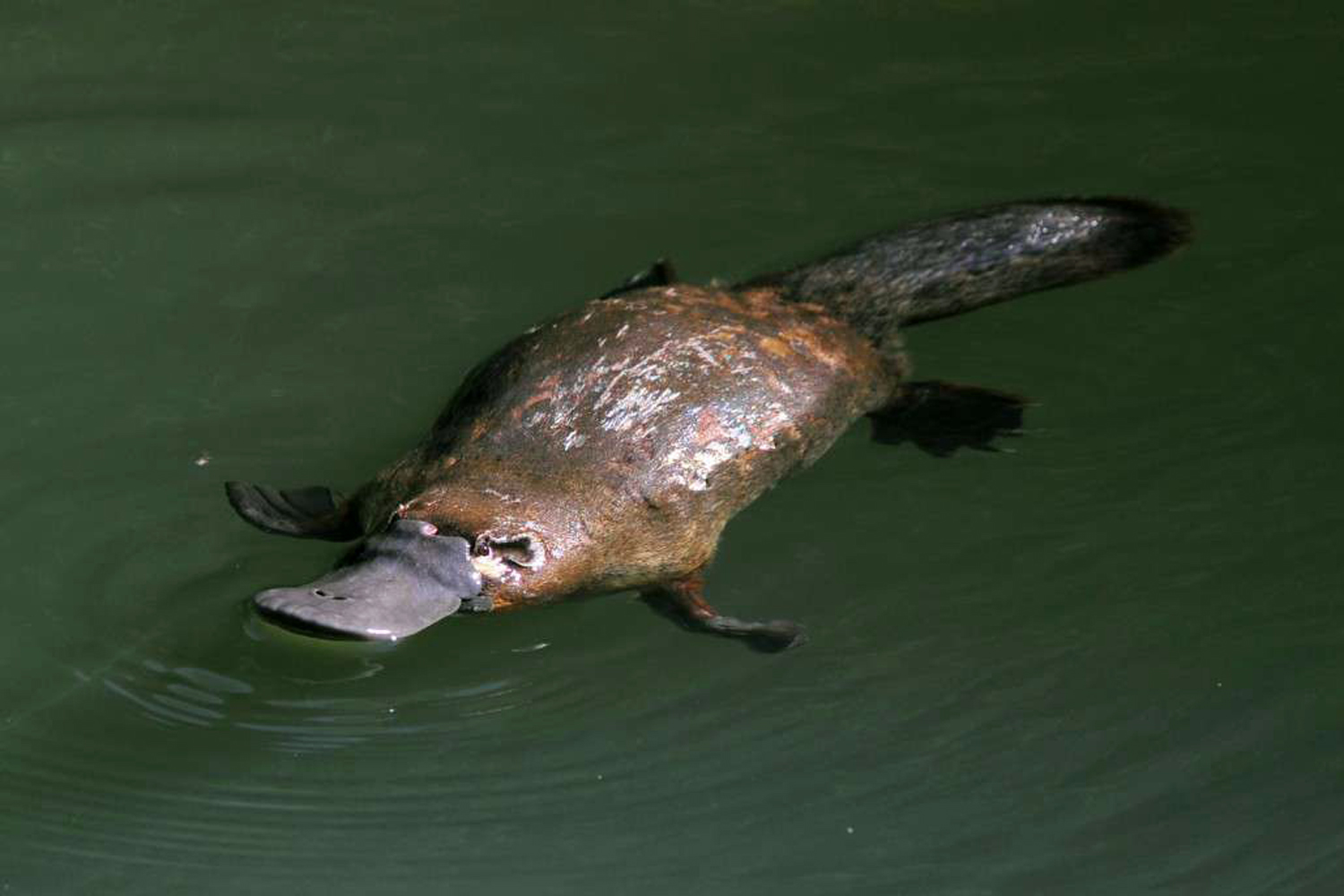
Visitors enjoy an intimate encounter with the mysterious Platypus in its captivating nocturnal creek habitat complete with waterfall
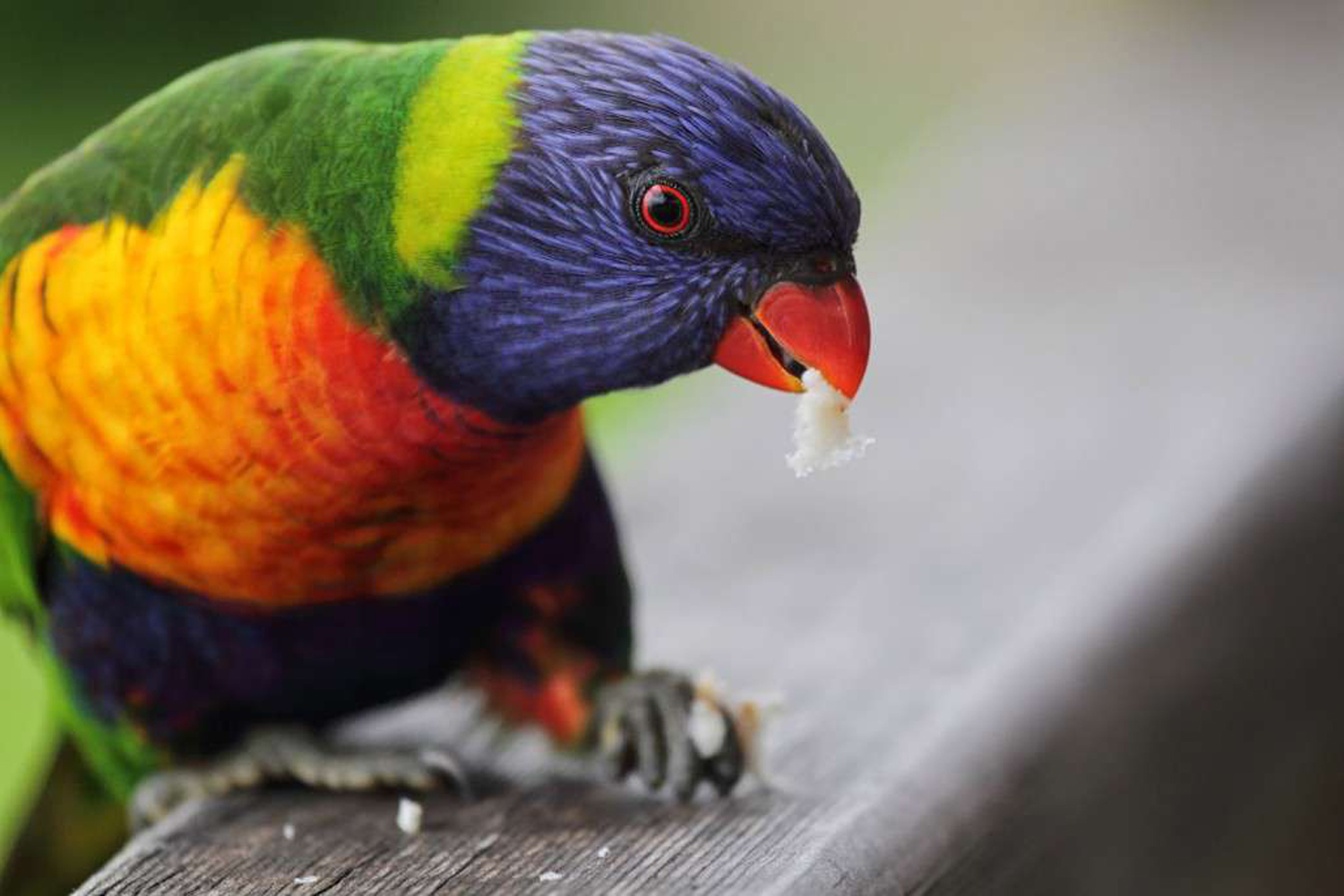
The rainbow lorikeet is aptly named. Originally, they were confined to forested and woodland areas but have spread more widely with human intervention and are now commonly found in urban and suburban areas.
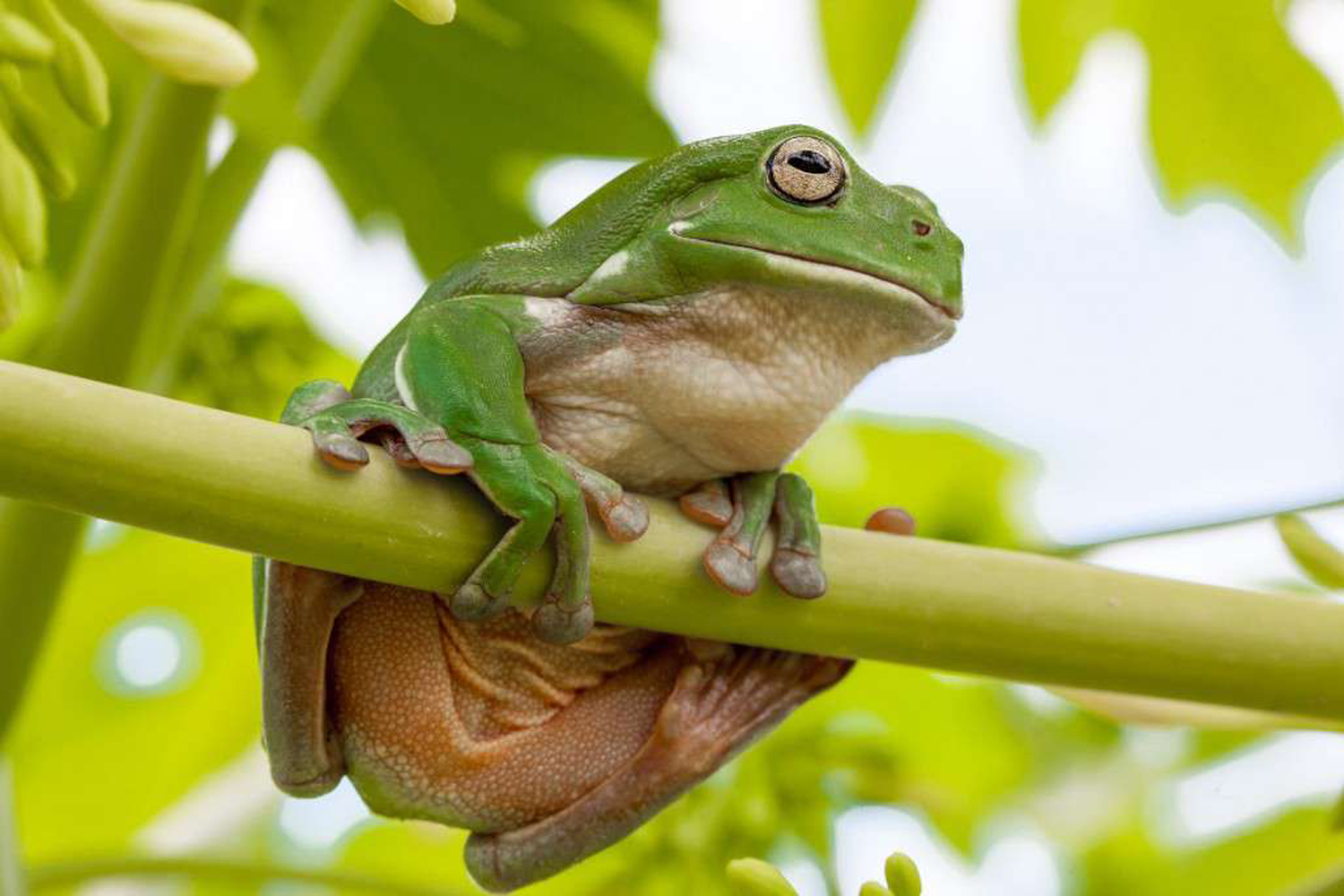
Frog Hollow allows you to discover our fascinating frogs, each adapted ingeniously for survival in a wide variety of locations.

The Tasmanian devil prefers wet sclerophyll forest or woodland. It usually lives in a log, cave or the disused burrow of another animal, emerging at night to scavenge and forage.
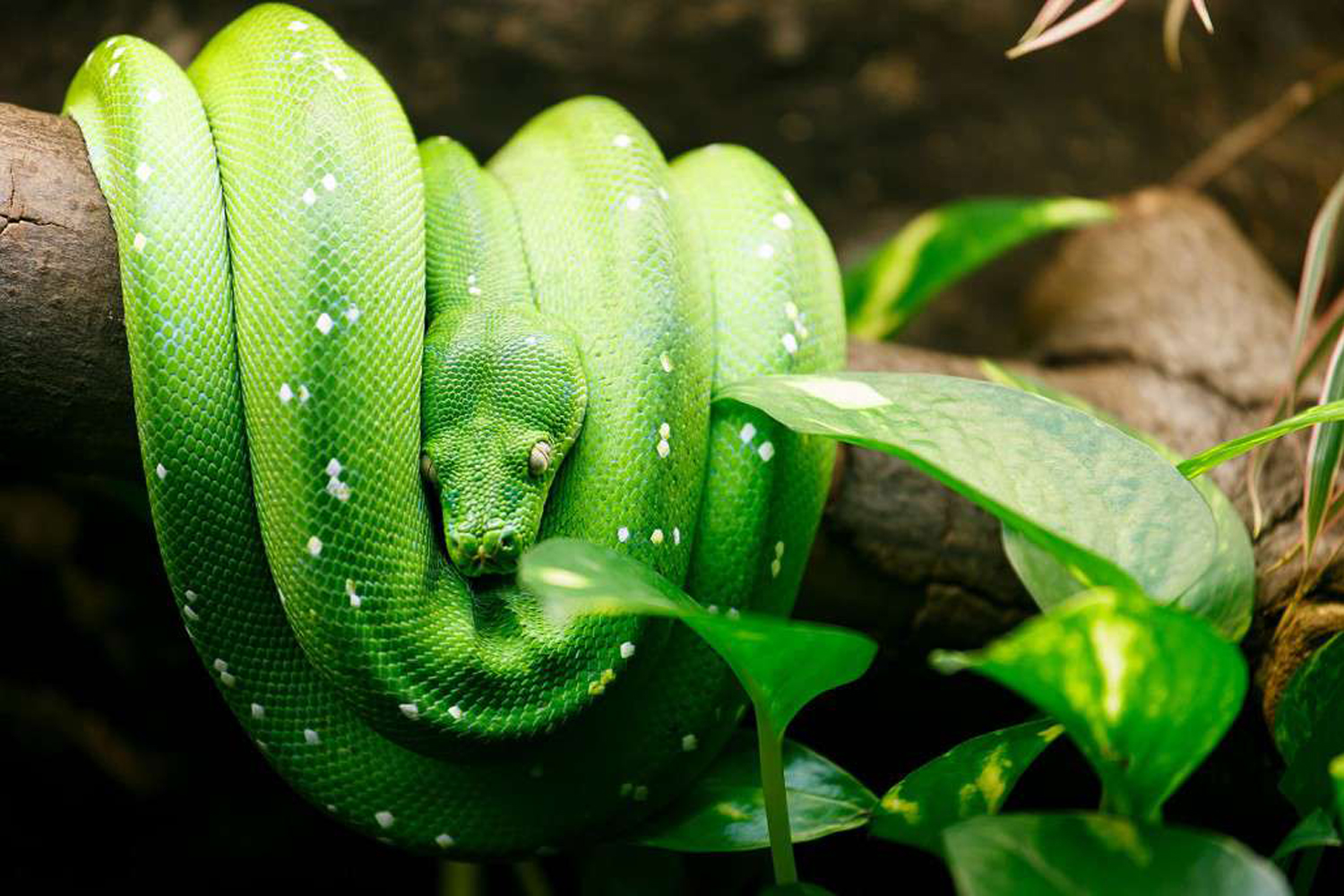
An unmistakable arboreal or tree-dwelling python, the adult green tree python is emerald green in colour with a yellowish belly. In Australia the species is restricted to the rainforests of eastern Cape York Peninsula in far north Queensland.
3 Policy
Cancellation Policy
All sales are final and incur 100% cancellation penalties.

